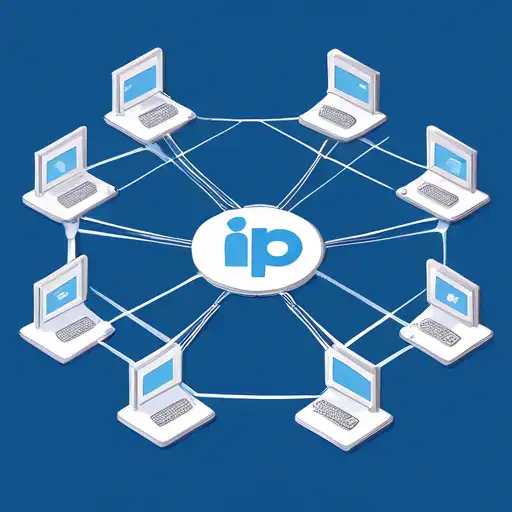Introduction to IP Addresses
In the digital world, IP addresses play a crucial role in connecting devices across the internet. An IP (Internet Protocol) address is a unique identifier assigned to each device connected to a network, enabling them to communicate with each other. This guide will walk you through the basics of IP addresses, their types, and how they function within the broader context of networking.
What is an IP Address?
An IP address is a numerical label assigned to each device participating in a computer network that uses the Internet Protocol for communication. It serves two main functions: identifying the host or network interface and providing the location of the host in the network.
Types of IP Addresses
There are two primary versions of IP addresses in use today:
- IPv4 (Internet Protocol version 4): The most widely used version, consisting of four sets of numbers separated by dots (e.g., 192.168.1.1).
- IPv6 (Internet Protocol version 6): Developed to deal with the exhaustion of IPv4 addresses, it uses a more complex format and can support a vastly larger number of unique addresses.
How IP Addresses Work
When you type a website address into your browser, your device uses the Domain Name System (DNS) to translate the domain name into an IP address. This IP address is then used to route your request through the internet to the server hosting the website. The server responds by sending the requested data back to your device's IP address, allowing you to view the website.
Static vs. Dynamic IP Addresses
IP addresses can be either static or dynamic:
- Static IP Addresses: These are permanent and do not change over time. They are often used by servers hosting websites or services that need a consistent address.
- Dynamic IP Addresses: These are temporary and can change each time a device connects to the network. Most home networks use dynamic IP addresses assigned by the ISP.
Why Understanding IP Addresses is Important
Understanding IP addresses is fundamental for anyone looking to grasp how the internet works. Whether you're setting up a home network, troubleshooting connectivity issues, or diving into network security, a solid grasp of IP addresses will serve as a strong foundation.
Conclusion
IP addresses are the backbone of internet communication, enabling devices to find and interact with each other across the globe. By understanding the basics of IP addresses, you're taking the first step towards mastering networking concepts. For more advanced topics, consider exploring subnetting, network security, and the transition from IPv4 to IPv6.
